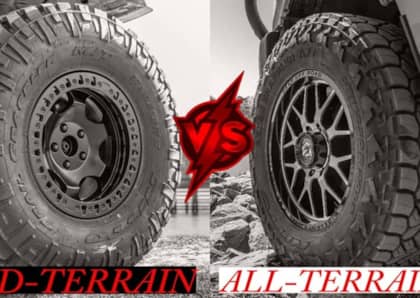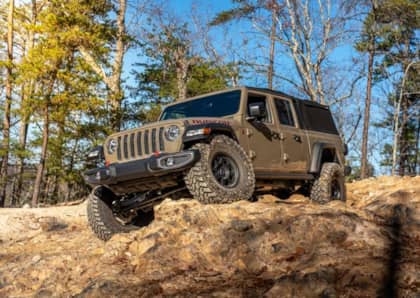Back in Time, Part 4: The Duramax Changes the Game
It’s the summer of 2000 and Dodge’s high output version of the 24-valve 5.9L Cummins is atop the charts with its best-in-class 245hp and 505 lb-ft of torque. But General Motors is about to drop a bombshell. In one fell swoop, GM introduces the most technologically advanced diesel engine in the pickup segment, and it leaves the assembly line packing 300hp and 520 lb-ft. Since partnering with Isuzu in the late 1990s, GM had been finalizing the design and then production of the 6.6L Duramax V8 at the DMAX Ltd. facility in Moraine, Ohio. By July of 2000, it was ready to pounce. On top of offering the most powerful diesel in the truck market, 2001 model year ¾-ton and larger Silverados and Sierras could be optioned not only with the Duramax, but backed by the industrial-strength Allison 1000 automatic transmission as well.
Naturally, after GM set the diesel world ablaze with the Duramax, Ford and Dodge had to come up with an answer. For Ford and Navistar, the 7.3L Power Stroke would be treated to different engine calibrations for the ’01 model year, which culminated in horsepower that fell short of the newly arrived Duramax (275hp), but that built 5 more lb-ft of torque (525 lb-ft) than the cross-town rival. As for Dodge and Cummins, its efforts were focused on the next high output version of the 5.9L—an engine that would feature high-pressure common-rail injection but not be released until 2003. In time, Ford too would have to turn to a higher-pressure injection system to meet the tighter emissions regulations that were on the horizon. It was now a three-horse race—and a host of cutting edge diesel technology was on the way.
| ’01 6.6L Duramax | ’01 7.3L Power Stroke | |
|---|---|---|
| Configuration: | 90-degree V8 | V8 |
| Displacement: | 403 ci | 444 ci |
| Bore: | 4.06 inches | 4.11 inches |
| Stroke: | 3.90 inches | 4.18 inches |
| Compression Ratio: | 17.5:1 | 17.5:1 |
| Block: | Deep-skirt, cast-iron (gray iron alloy) | Cast-iron |
| Rods: | Forged-steel, fractured (cracked) cap | Powdered-metal |
| Pistons: | Cast-aluminum | Cast-aluminum |
| Heads: | Cast-aluminum with six head bolts per cylinder (with sharing) | Cast-iron with six head bolts per cylinder (with sharing) |
| Valvetrain: | Overhead valve, four valves per cylinder, single cam | Overhead valve, two valves per cylinder, single cam |
| Injection System: | Bosch high-pressure common-rail with CP3, direct injection | HEUI electronically controlled direct injection with high-pressure oil pump |
| Injectors: | Bosch solenoid valve, under valve cover | |
| Turbocharger: | IHI RHG6 with wastegate | Garrett GTP38 with wastegate |
| Intercooler: | Air-to-air | Air-to-air |
| Horsepower: | 300hp at 3,100 rpm | 275hp at 2,800 rpm |
| Torque: | 520 lb-ft at 1,800 rpm | 525 lb-ft at 1,600 rpm |
The New Kid in Town
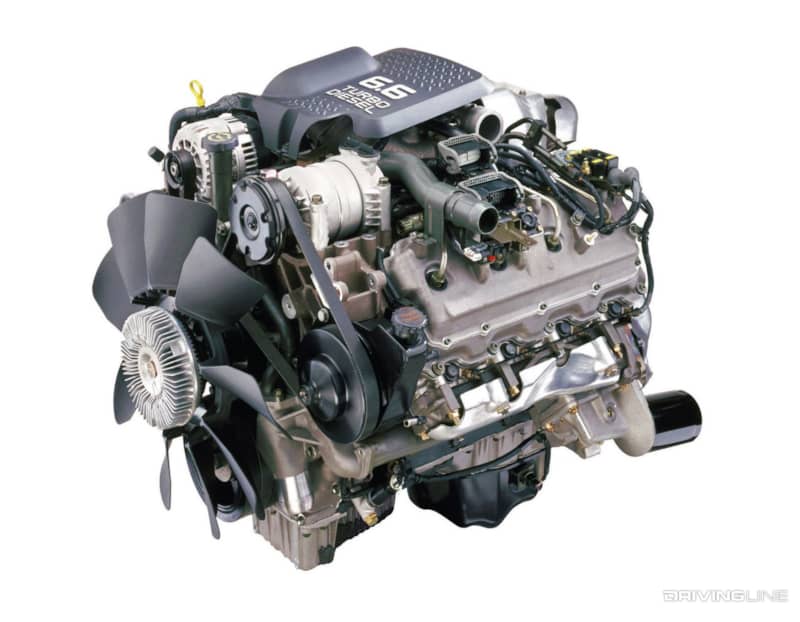
The original Duramax, RPO code LB7, first became public knowledge in December of 1999 (and some of you might even remember it being referred to as the “Duramax Diesel 6600”), and went into full-on production in July of 2000. But while it might’ve been introduced for 2001 model year trucks, its same basic architecture still survives today. This first Duramax, a 90-degree V8, included a bore of 4.06 inches, a stroke of 3.90 inches, a 17.5:1 compression ratio and won the race to 300hp (by far) in the diesel pickup segment. It produced its 300hp at 3,100 rpm and a class-leading 520 lb-ft of torque at 1,800 rpm. For utmost quality control at DMAX Ltd, every engine on the assembly line was hot-tested, not selected at random for a trip to the dyno cell like its competitors were doing.
Stout Bottom End
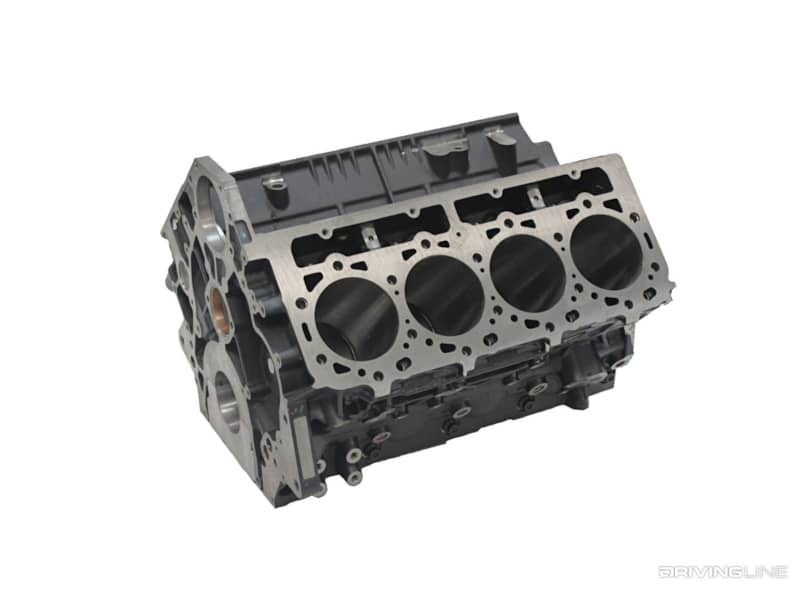
Within the Duramax’s deep-skirt block, a 4340 forged-steel nitrided crankshaft was used to swing eight forged-steel connecting rods. At the small end of each fractured-cap rod, a cast-aluminum piston that’d had its top compression ring treated to ion plating was found. The crankcase itself, which was cast from gray iron, featured induction hardening in the combustion areas of each cylinder to guard against cylinder wall wear. For optimum combustion sealing, a six-bolt per cylinder arrangement anchors the cylinder heads to the block.
High-Swirl Aluminum Heads
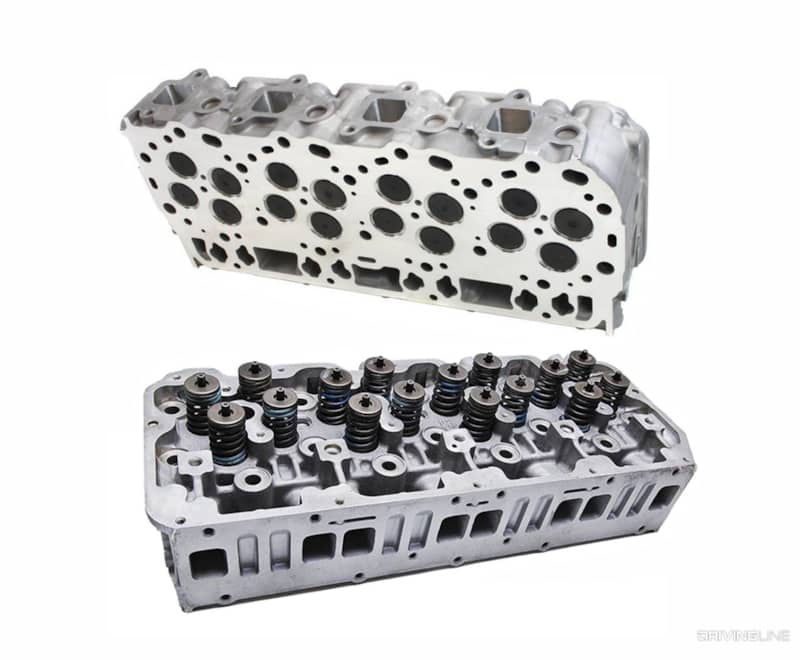
Though the Duramax wasn’t the first diesel to offer a four-valve cylinder head in the segment, it was the first engine to come with cast-aluminum heads. Improved heat dissipation and lightening the engine’s overall curb weight were just a few of the benefits (the LB7 weighed just 836 pounds, versus the 920-pound 7.3L Power Stroke and 1,150-pound 5.9L ISB Cummins). In time, the high-swirl aluminum heads employed on the Duramax would prove capable of soundly outflowing the heads used on competing engines.
No Weak Links in the Valvetrain
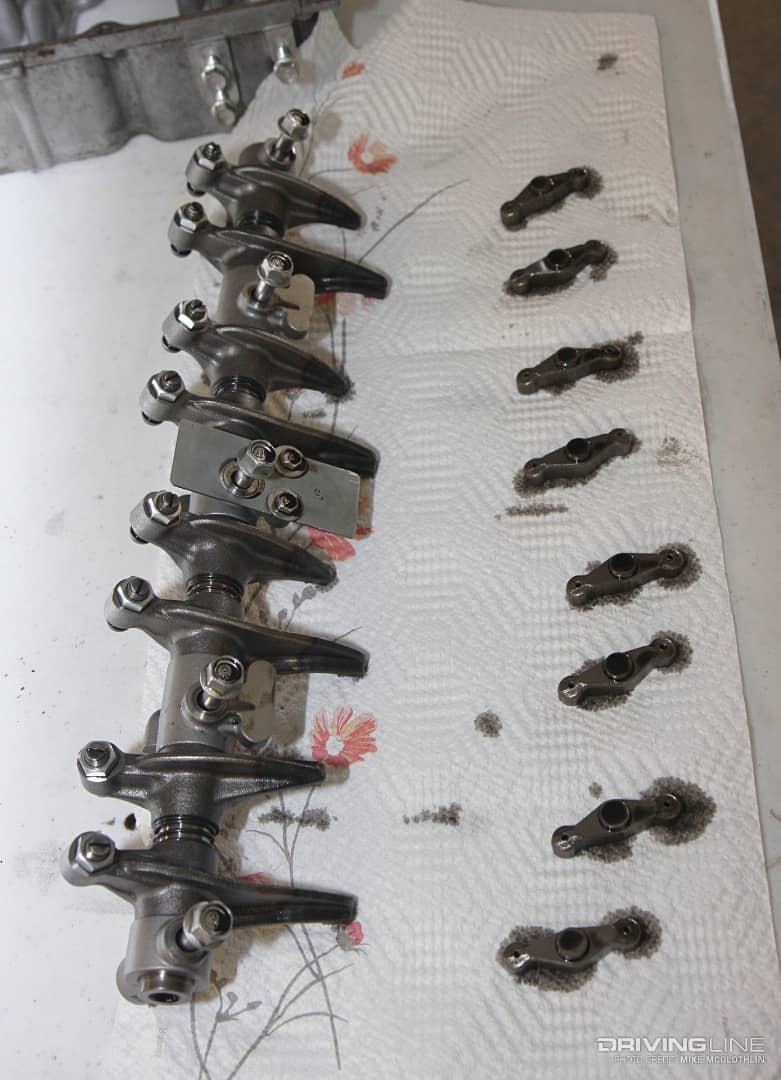
Built for utmost durability, the Duramax cylinder heads featured forged-steel rocker arms (not stamped steel versions) and guideless bridges with hardened steel caps that also made use of a sintered iron tip at the point of contact with the rocker arm. Even the pushrods were a point of overkill within the Duramax valvetrain. In the years to come, many diesel enthusiasts got away with running the factory units in 800-900hp engines.
Robert Bosch Common-Rail Injection System
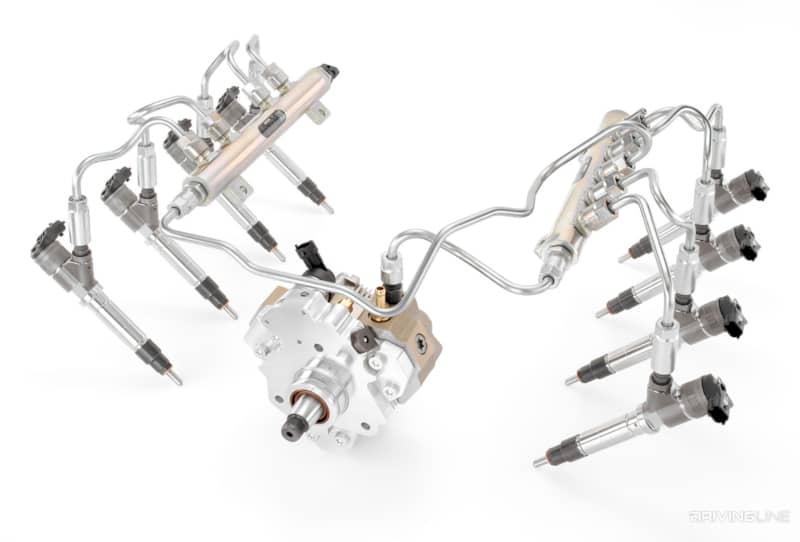
Also exclusive to the diesel pickup segment was the Duramax mills’ use of high-pressure common-rail injection. The Bosch-sourced system entailed a CP3 high-pressure pump that operated independent of engine speed and that created pressures as high as 23,000 psi. Two fuel rails then stored the pressurized fuel until the quick-firing, solenoid valve injectors sprayed an ECM-specified quantity in-cylinder. The Bosch common-rail injectors also introduced multiple, electronically-controlled injection events per combustion cycle, namely pilot injection. Using a pilot injection event before the main made the Duramax the quietest diesel in the truck segment, by far. The injectors were located under the valve covers on the LB7, but would become externally mounted beginning with the LLY Duramax in ’04.5.
IHI Turbo
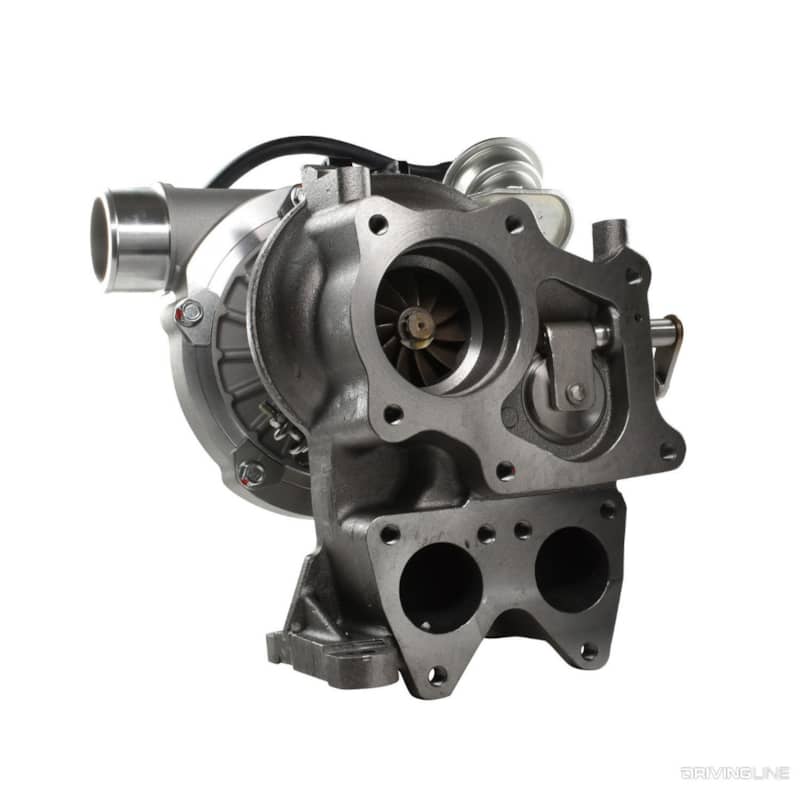
Packaged toward the firewall in the lifter valley sat an RHG6 turbocharger from IHI Turbo America. The fixed geometry charger utilized a 60.6mm cast compressor wheel, a 68mm turbine and benefitted from a wastegate to keep both boost and drive pressure in check. In stock form, the Duramax could build a respectable 22-24 psi of boost before the gate opened. Once compressed, boosted air was forced through an air-to-air intercooler before being routed through the intake Y-bridge in the valley and into the heads.
Allison LCT 1000
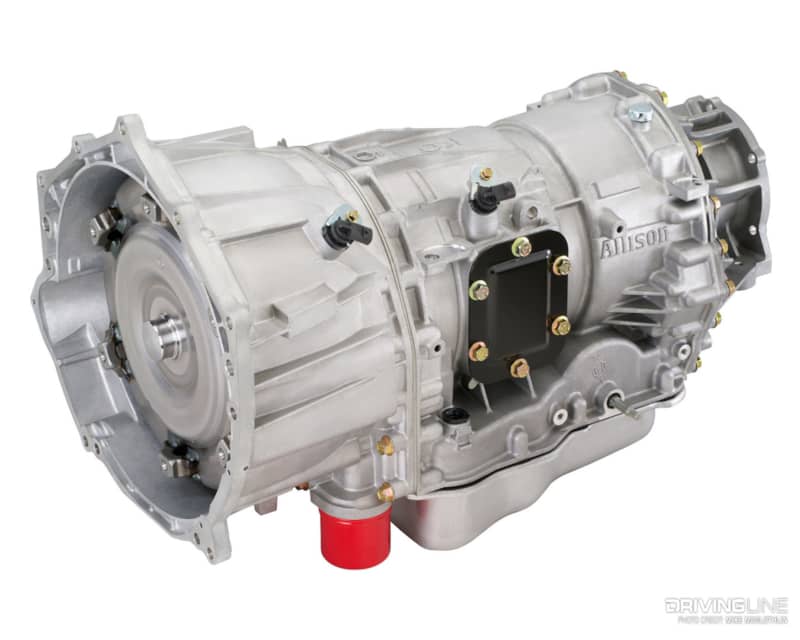
For customers already interested in the new 6.6L Duramax, the Allison transmission option only sweetened the deal. A five-speed automatic when it debuted (vs. Ford’s 4R100 four-speed and Dodge’s 47RE four-speed), the Allison LCT 1000 featured adaptive learning technology, a highly-effective Tow/Haul mode and the kind of massive internal components you would expect to find from a company that produces transmissions for dump trucks and semis (the input shaft’s diameter alone was 1.26 inches). The transmission cooler, which utilized 5/8-inch lines and benefitted from a 6-gpm flow-rate, was mounted below the radiator on GM trucks to keep heat from the transmission from going into the engine’s cooling system.
7.3L Power Stroke Revamp
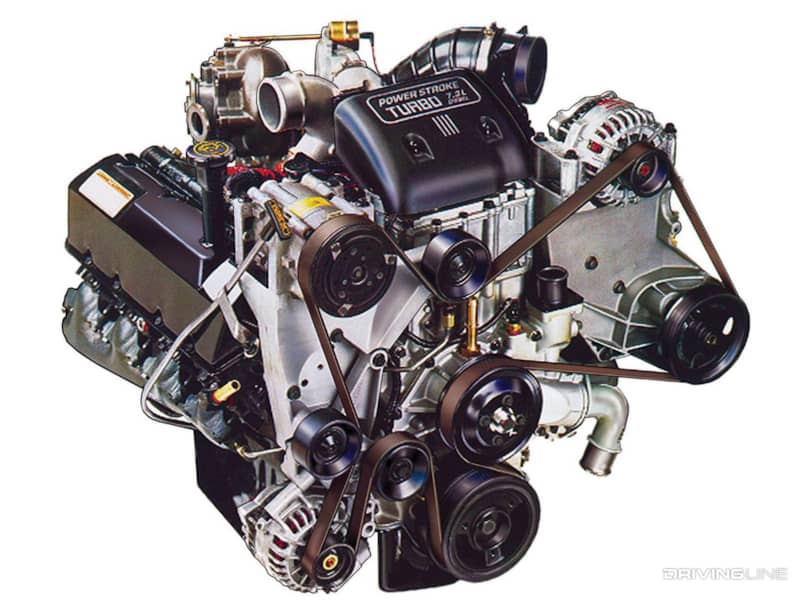
In an effort to keep the workhorse power plant in its hot-selling Super Duty line in the limelight, Ford answered the state-of-the-art Duramax’s arrival by squeezing one last power uprate out of the 7.3L Power Stroke. With a PCM calibration change and a few other subtle tweaks, Ford and Navistar were able to pump the 7.3L up to 275hp and 525 lb-ft of torque, reclaiming the best-in-class torque accolade for the time being.
The Price of More Torque: Stick Shift Only
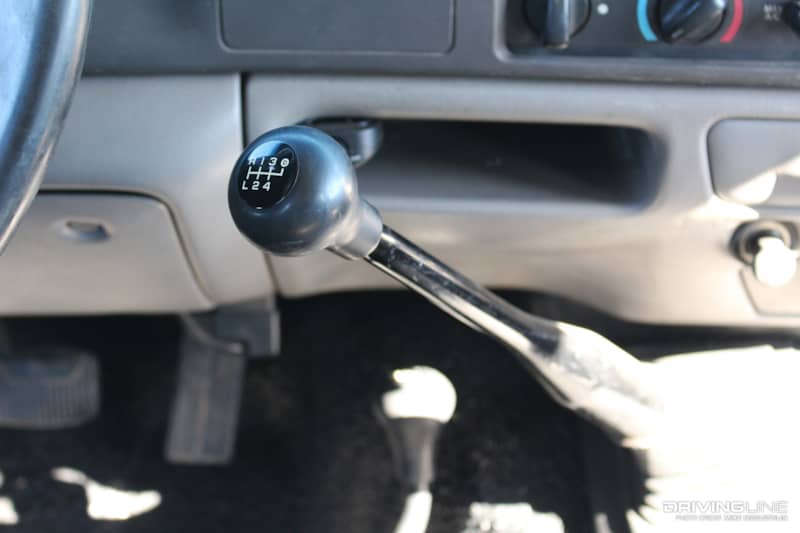
However, the only path to owning a 525 lb-ft 7.3L Power Stroke was with the optional ZF-6 six-speed manual transmission bolted to the back of it. Super Duty customers that had to have an automatic were limited to the 250hp, 505 lb-ft version of the engine, which matched the high output 5.9L ISB Cummins in torque production but obviously fell short of what the new Duramax was turning out. All of that would soon change with new emission standards on the way, however, in which Ford would release a more efficient Power Stroke engine and a five-speed, heavier-duty automatic transmission.
Happen to miss which manufacturer started this knock-down, drag-out fight? It was Dodge and Cummins that threw the first meaningful punch—and you can read all about it here.





